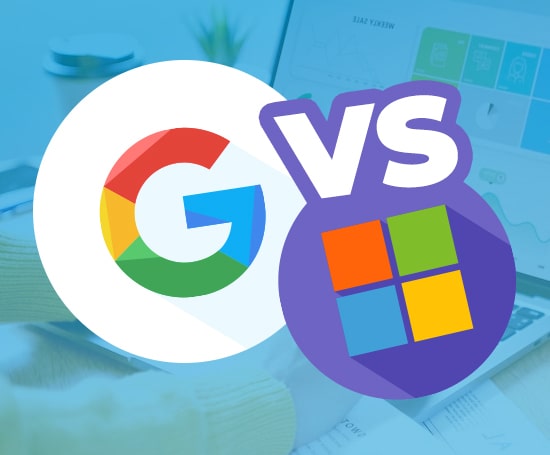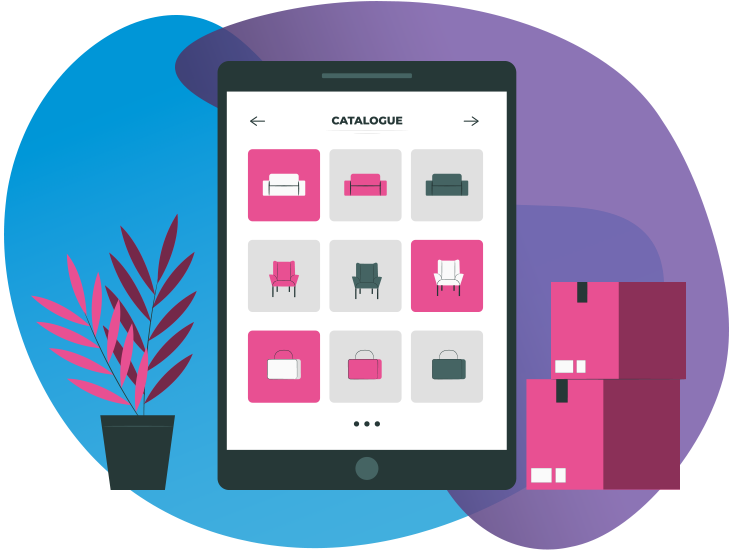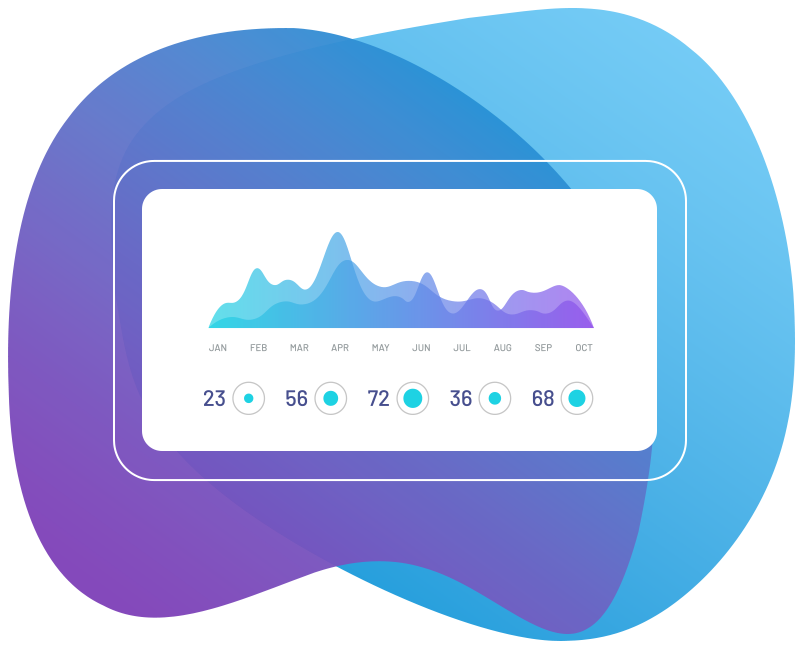Latest From The Sayu Blog



May 2023

For those who run an E-commerce website, advertising products on Google Shopping can be highly effective. Your products can show both in Shopping Ads in Google Search, as well as in the Google Shopping tab.
However, whilst traffic from the Google Shopping tab is free, you’ll incur a cost every time someone clicks on your Shopping Ad in Google Search.



Where and when your Ad appears depends on several aspects, such as the quality of your feed (good use of images, titles, descriptions, GTINs, and the use of different product options such as size and colour, are all important factors), how relevant your product is to the search, how much you are willing to pay for a click, and how your price compares to competitor’s prices.
In this article, we’ll focus on how price changes can be an effective method for generating increased exposure on Google Shopping, while also providing insight into how and why you’ll need to use this approach with caution.

It should come as no surprise that selling products at a higher price than your competitors may make it challenging to generate sales through Google Shopping. There are several reasons for this. First of all, Google gives priority to cheaper products, so you would have to bid higher for a click than your competitors to get the same position and exposure.
Then, if your product does show in Shopping but at a higher price, people will be more likely to click on the ads of your competitors. This would give you a relatively low CTR, which might have a negative effect on your Shopping Ad Rank, and consequently, how much you have to bid for the same position, may increase even further.
Despite being more expensive, individuals may still click on your ad for various reasons, such as curiosity or to determine if any special offers are available. Some may even click by accident. However, once potential customers realise that they would need to pay more for a specific product on your website than they would on your competitors', they are likely to leave to purchase it elsewhere. In other words, this would be a wasted click and your Conversion Rate will be quite poor as a result.
As a consequence, you’ll pay more per click than those that offer the product at a lower price, your CTR and Conversion Rate will be lower, and it is unlikely you can make a profit.



If you are price-matching or offering a similar price point to your competitors, it is important to use a quality image and an effective product title to try to make your ad stand out and attract customers to your website.
Make sure your product page is simple and clear so that, if people do click on your ad, they know pretty much straight away whether that is the product they want to buy. Also, ensure you have a smooth checkout process so you don’t lose any potential clients at that stage.
If you get a good Conversion Rate - i.e. better than your competitors - then you could afford to pay more for a click than your competitors, and that in turn will help to get you a more prominent position which could in turn generate more traffic and sales.

Dropping your price below competitors' prices can have a big impact on your position and exposure in Shopping. Google doesn’t give away the formula used to determine Ad Ranking in Shopping, but we have experienced significant changes in traffic after a price change.
Recently a client received a 20% discount from their wholesaler on one of the brands they sell, and so they decided to pass this discount on to the consumer and dropped their prices by 20%.
The week following this price drop, the number of impressions almost quadrupled. Together with an improvement in the CTR, this resulted in an increase in Clicks from just 6 in the week before the price drop, to 214 clicks in the week following the price drop.
The bid was increased to make the most of the improved Conversion Rate (so the average CPC did go up during this period) but it was well worth it in terms of the increased Revenue.



Price drops are a great way to boost your traffic, but they need to be treated with care. In the example above, the price drop was only a temporary drop and was increased again after a week. If the campaign is using Manual CPC Bidding and bids were increased after price reductions, it is possible to revert the bids back to their previous levels. This would likely result in traffic returning to similar levels as before the change.
If you have the Campaign on Automated bidding - maximising Revenue at a Target ROAS - it might take a while for the bids to come back down. Google’s tool has seen improved performance, so it may not drop bids immediately after the performance decreases. In such an instance, we must force Google to drop bids by increasing the Target ROAS. Once the bid has come back down to previous levels, we can change the Target ROAS back to the original level.
If you drop the price to boost traffic and improve your Conversion Rate at the cost of a smaller margin, be aware that competitors could react to your price drop by also dropping their prices. As a result, not only will you no longer have an advantage over your competitors, you’ll find that your margin has been reduced. With the price once again similar to that of your competitors, your Conversion Rate could drop back down, and now with tighter margins, you’ll no longer be able to afford to pay as much per click - meaning you could end up worse off than before the price drop.

Of course, it’s likely that your competitors could be regularly changing their prices. Hence continuous monitoring of your Shopping Campaigns is essential. Changes in Impression Share, CTR, and/or Conversion Rates, may be an indication of changes in the market and it may require changes in your Shopping Campaign to deal with these effectively.
If you struggle to get your Shopping campaigns performing at an acceptable Return on Ad Spend, or if you need help monitoring and maintaining your Shopping campaigns, we can help - give us a call!

Sayu is a full service digital marketing agency with 20 years of experience in delivering digital marketing campaigns for businesses of all sizes, from startups to global brands. Proud to be recognised by Google as a Premier Partner, being among the top 3% of Google's partners in the UK


